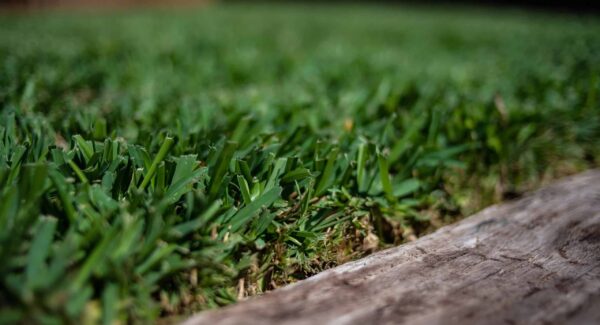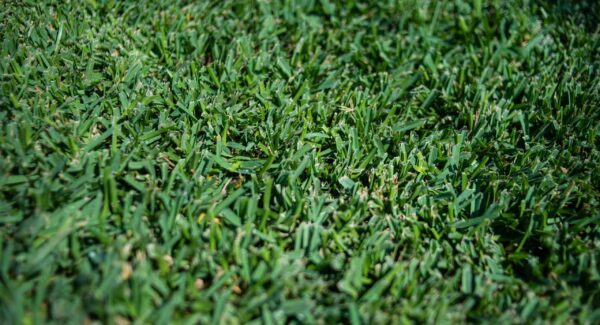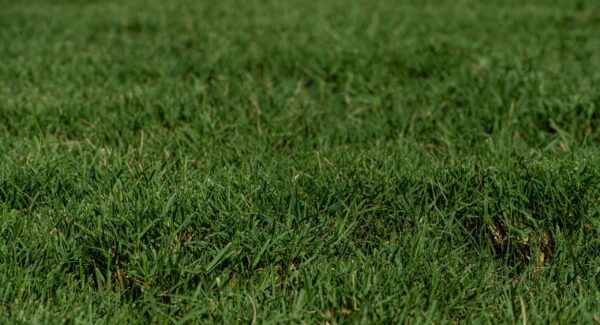Fall Lawn Care Tips: How to Keep Your Grass Green and Healthy
Maintaining a vibrant and healthy lawn requires ongoing effort throughout the year, as your lawn’s growth and activity change with the seasons.
Although fall might not appear to be the best time to focus on lawn care, especially since your grass will soon enter winter dormancy, it can be crucial. Proper lawn care during the fall season lays the groundwork for a thriving, lush lawn in the spring. The cool, moist fall conditions provide an ideal environment for the grass’s roots to develop more effectively than in the summer, and taking advantage of this growing period will yield significant benefits next year.
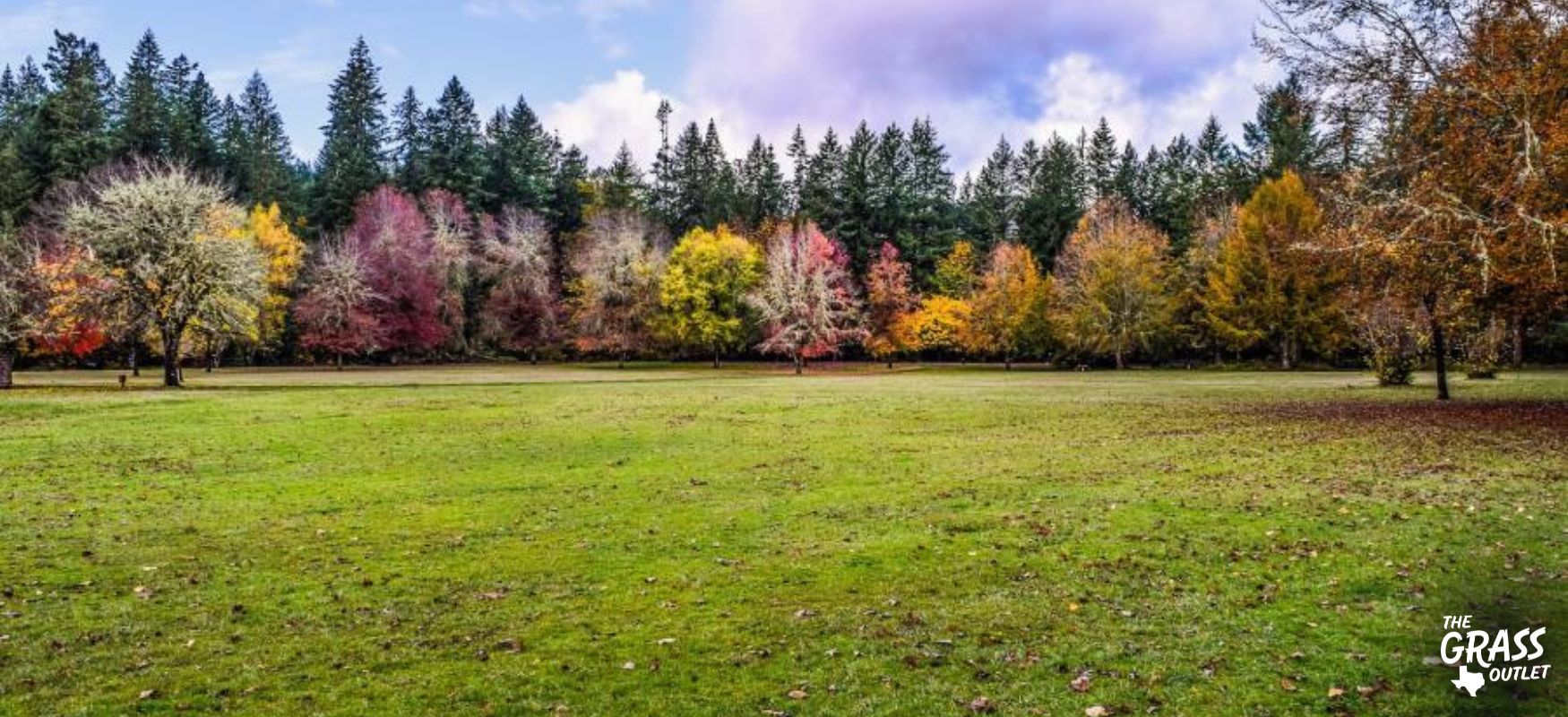
Assessing Your Lawn’s Needs
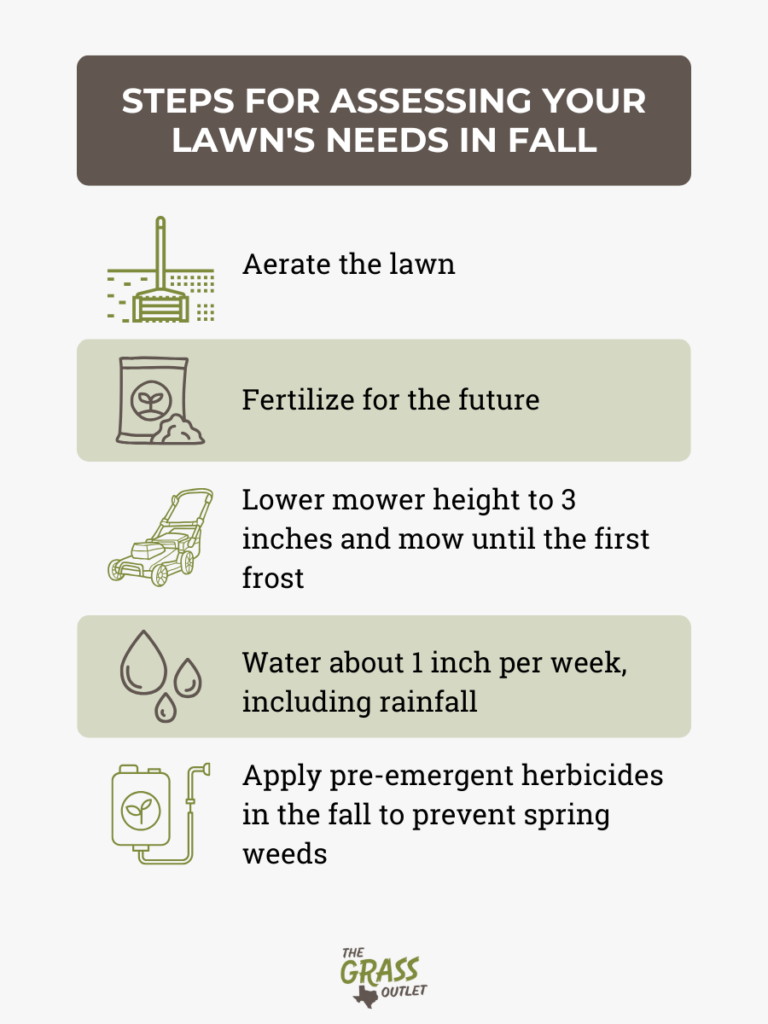
Fall lawn care goes beyond mere appearance—it’s a crucial investment in the long-term health of your lawn. During the fall, grass plants actively store nutrients and energy to sustain them through the winter. Proper maintenance during this time helps fortify root systems, boost disease resistance, and set your lawn up for a strong start in the spring.
The specifics of fall lawn care depend on your lawn type, so understanding your lawn’s characteristics is key to creating an effective maintenance plan. If you have a warm-season lawn, the grass will grow more slowly, requiring minimal mowing but increased attention to weed control. On the other hand, cool-season grasses experience vigorous growth in the fall, making it the perfect time for fertilization and overseeding.
Here are some of the most important maintenance practices:
Step 1: Aerate the Lawn
Throughout the summer, your lawn likely experienced soil compaction and heat stress, which are common culprits behind the brown or thinning patches you may have noticed. The aeration process helps relieve soil compaction, enabling water, air, and nutrients to penetrate deep into the root zone. It also prevents the buildup of thatch—a layer of dead grass, roots, and debris that can block vital resources from reaching the soil. Aeration improves soil drainage, increases oxygen flow to the roots, and creates space for new grass seeds to germinate and more profound root growth.
Aerating your lawn can significantly boost its health, and fall is an ideal time to do this, especially for cool-season grasses.
It involves creating holes or slices in the soil to allow air, water, and nutrients to penetrate. You can choose between manual methods or mechanical aerators.
While it’s possible to aerate your lawn by hand, professional services often deliver better results. Core aerators, which remove small plugs of soil, are particularly effective. If you decide to aerate on your own, ensure the soil is moist but not saturated, and cover the lawn multiple times for thorough treatment.
However, professional lawn care services are recommended, as they can access commercial-grade equipment and the expertise to ensure optimal aeration.
Step 2: Fertilize for the Future
Fall fertilization is crucial for strengthening roots and storing the essential nutrients for robust spring growth.
This process supplies your lawn with the necessary nutrients to endure the winter and emerge stronger in the spring. For this reason, fall is the most critical time of year to fertilize if you want a healthy lawn.
Choose a slow-release granular fertilizer with a balanced nutrient ratio, such as a 24-0-10 formula, which refers to the nitrogen, phosphorus, and potassium percentage by weight. Nitrogen supports leaf growth, while potassium contributes to root development, disease resistance, and cold tolerance.
Apply fertilizer in late fall, typically from mid-October to early November, when grass growth is slow but root development is still active. Use a broadcast spreader to distribute the fertilizer evenly, following the recommended application rate on the product label. Water the lawn thoroughly after application to ensure the nutrients are absorbed into the soil.
Be mindful not to over-fertilize, as this can lead to excessive thatch buildup and unnecessary new growth instead of strengthening the roots. A soil test can provide insight into your lawn’s exact nutrient needs.
Step 3: Mowing Techniques for Fall
Grass continues to grow until winter frost sets in, so keep mowing until growth ceases.
If you raised your mower height during the summer to reduce heat stress on your lawn, lower it back to its normal setting in the fall (around 3 inches is ideal for most grass types). This height provides enough leaf surface for effective photosynthesis and helps prevent the grass from becoming matted under snow.
However, keep your blade sharp and be careful not to cut the grass too short, as this can weaken the root system and reduce the lawn’s ability to withstand winter conditions.
Stick to a regular mowing schedule until the first hard frost. Aim to mow once weekly or as needed to maintain the proper height. Regular lawn mowing also helps break down leaves into mulch, which enriches the soil. Grass clippings are a simple and effective way to return nutrients to your lawn, as they decompose quickly. Just be sure the grass is dry, as wet clippings can clump together and smother the grass beneath them.
Step 4: Watering Wisely
Proper watering your lawn is essential for grass roots, requiring sufficient moisture to prepare for winter dormancy and spring growth.
Although cooler temperatures and more frequent rainfall in the fall might lead you to consider cutting back on watering, maintaining adequate hydration remains a key component of fall lawn care. Grass roots need enough water for winter dormancy and spring resurgence. Adjust your watering routine accordingly: water deeply but less often than during the summer, aiming for about 1 inch of water per week, including rainfall. Use a rain gauge to monitor water levels, and continue watering until the ground freezes, usually by the end of October in many areas and early December in Central Texas.
The ideal time to water your lawn is early in the morning. Watering too late in the day can leave moisture on the grass overnight, promoting turf diseases.
Cool-season lawns need 1 to 1.5 inches of water per week, while warm-season lawns typically require 20% less. Natural rainfall often meets these needs, but monitoring your grass is essential.
Remember that overwatering is more common than underwatering, as it usually leads to increased bacterial growth and the development of fungal diseases. In regions with regular rainfall, the water provided by nature often meets or exceeds the lawn’s needs. The general rule is that additional watering is unnecessary if you receive 1 inch or more of rainwater in a week. If rainfall occurs, reduce irrigation to compensate.
Step 5: Weed Control
For cool-season lawns, fall is the perfect time to target persistent weeds like wild violets and ground ivy (also known as creeping Charlie). In warm-season lawns, perennial weeds such as dandelions, clover, and dallisgrass become more noticeable as the grass growth slows down.
Applying pre-emergent herbicides in the fall allows you to proactively prevent weeds from emerging during the spring growing season.
There are various types of pre-emergent herbicides, each targeting specific weeds, but all are designed to stop weeds from germinating. It’s essential to use them before weed seeds germinate; once weeds have sprouted, pre-emergent herbicides will no longer be effective.
Follow the product instructions carefully, and avoid treating newly seeded areas. For a more environmentally friendly option, consider spot-treating weeds or manually pulling them before they can set seed.
Preparing for Winter
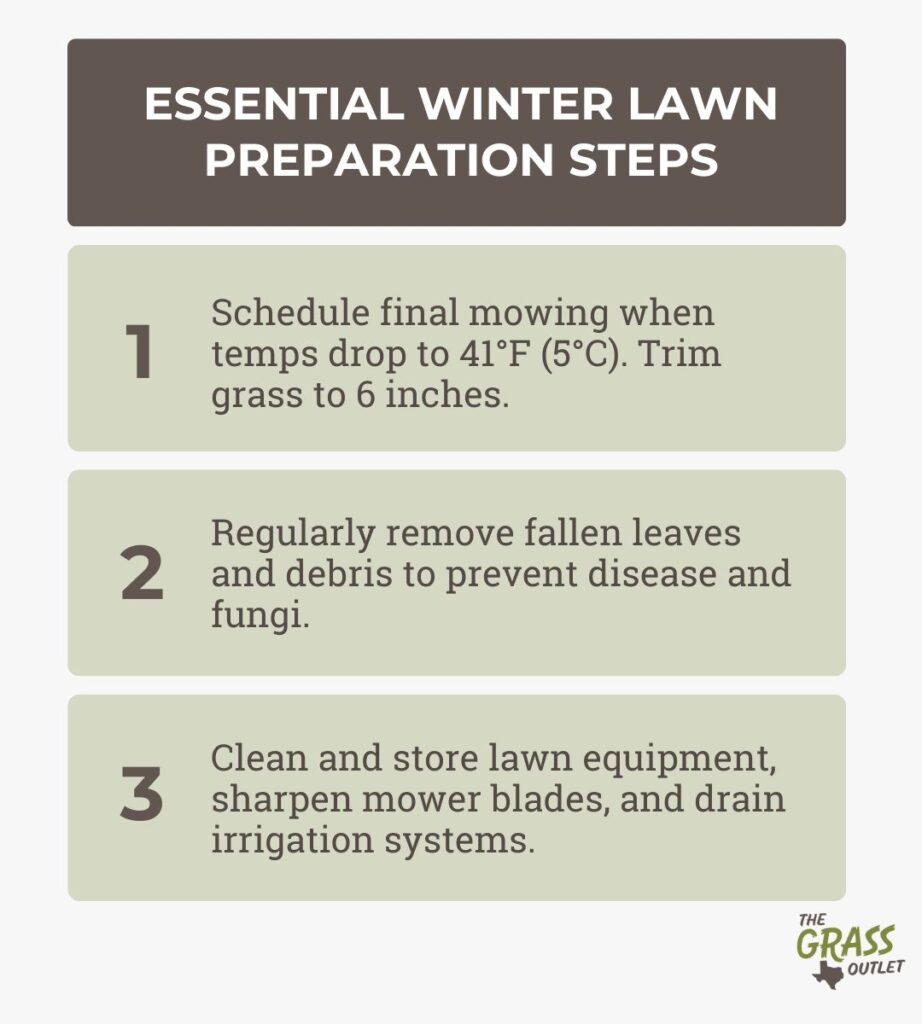
Preparing your lawn for winter ensures it enters the cold season in the best possible condition, setting the stage for a vibrant spring recovery.
Grass plants enter dormancy over the winter, which makes lawns susceptible to weeds, fungi, and moss, all of which thrive in winter conditions. However, addressing these issues requires some effort. So, before you take a break, complete your winter lawn preparation, starting with the final mowing and regularly removing fallen leaves and debris using a light rake or brush.
- Final mowing: Schedule the final mowing when temperatures consistently drop to around 41°F (5ºC) or lower. During this last mow, trim your grass to a minimum of 6 inches. Leaving it too long could cause the stalks to snap if walked on while frozen, while cutting it too short could encourage weeds, moss, and fungi. Use a grass collector for this final mow, leaving clippings that can keep the soil damp and attract moss and weeds.
- Cleaning up debris: While autumn is beautiful with its colorful leaves, they will eventually fall onto your lawn. If left unattended, they can suffocate the soil, depriving your grass of light and causing it to die. Accumulated leaves can trap moisture, fostering disease and worm activity and creating a ground for fungi that can hinder your lawn’s spring growth. Rake several times weekly to prevent this and help your lawn survive winter.
- Store the equipment: As the growing season ends, properly store your lawn equipment to ensure it’s ready for use in the spring. Clean and sharpen the mower blades, change the oil, and stabilize the fuel. Drain and store hoses and irrigation systems to prevent freeze damage, and clean and oil garden tools before storing them.
Final thoughts
Effective fall lawn care can significantly influence your lawn’s year-round health and appearance. Adhering to critical practices, such as proper mowing, watering, fertilization, or overseeding, will set the stage for a preparing grass for spring.
If managing those fall lawn care guides seems overwhelming, don’t hesitate to contact The Grass Outlet team for professional advice and assistance.
